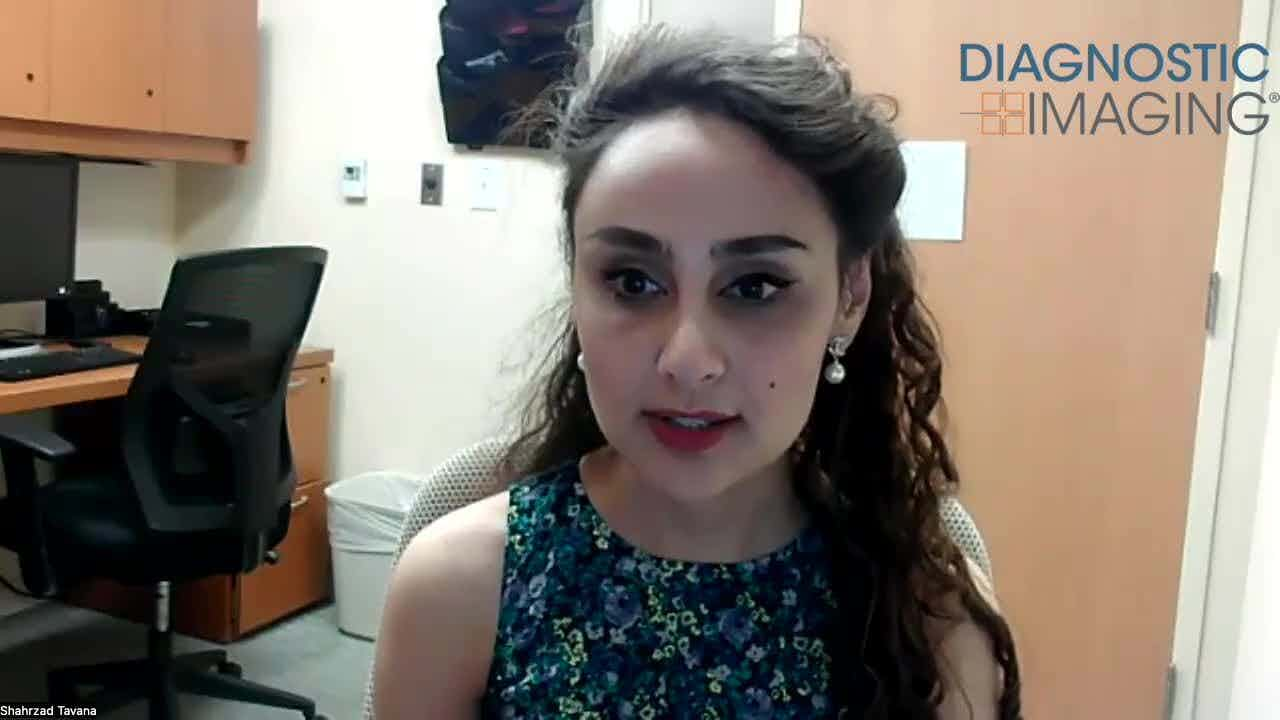Whole-body cancer staging in some requires frequent follow-up
Whole-body MRI is more sensitive but less specific than FDG-PET/CT for cancer detection, according to researchers from China and Europe. Findings suggest a complementary rather than exclusive role in oncologic imaging for both modalities and validate recent studies suggesting close follow-up since either test can miss metastases.
Whole-body MRI is more sensitive but less specific than FDG-PET/CT for cancer detection, according to researchers from China and Europe. Findings suggest a complementary rather than exclusive role in oncologic imaging for both modalities and validate recent studies suggesting close follow-up since either test can miss metastases.
The clinical literature points at whole-body MRI as the most accurate test for the detection of bone metastases compared with whole-body FDG-PET/CT in patients with different types of cancer. New data suggest both tests may actually offer valuable diagnostic and staging information, although neither one is infallible, said principal investigator Dr. Till Heusner, a radiologist and nuclear medicine physician at the University Hospital Essen in Germany.
Heusner and colleagues enrolled 55 patients with malignant melanoma and 54 with non-small cell lung cancer who underwent whole-body imaging with MRI and FDG-PET/CT for detection of bone metastases. Patients also underwent biopsy and slightly more than a year of clinical follow-up, which served as the standard of reference for the study.
The investigators found whole-body MRI more sensitive for metastatic detection. They deemed both tests similarly accurate, however, considering MRI's higher sensitivity also meant an increased rate of false-positive findings compared with PET/CT. They also found evidence of metastatic lesions missed by both modalities at initial diagnosis that were confirmed a year later.
Eleven patients with either melanoma or NSCLC had bone metastases. Whole-body PET/CT and MRI correctly detected metastases in five and seven patients, respectively. MRI was false positive in six patients, while PET/CT was false positive in one. Sensitivities, specificities, positive and negative predictive values, and accuracies for detection of bone metastases were 45%, 99%, 83%, 94%, and 94%, respectively, with PET/CT and 64%, 94%, 54%, 96%, and 91% with MRI.
The differences between the two imaging modalities were not statistically significant (p>0.05).
Patient interaction could in some cases be worth 1000 whole-body images, according to Heusner. Typical false-positive cases with all modalities involved seemingly bony lesions in patients who had recently sustained traumatic injuries.
"Even if you are a radiologist, sometimes you should speak to your patients," he said.
In another study, principal investigator Estefano Squillaci from the Universita Degli Studi "Tor Vergata" in Rome compared whole-body FDG-PET/CT and whole-body 3T MRI for tumor staging. Squillaci and colleagues prospectively evaluated 20 consecutive patients with known primary colorectal, breast, lung, lymphatic, and liver malignancies. They found PET/CT more accurate and influential for patient management than MRI.
Researchers from the Peking Union University Medical Hospital, led by Dr. Shuo Li, compiled another study comparing the staging accuracy of whole-body MR with diffusion-weighted imaging and PET. Sixteen patients with several types of malignancies underwent tumor staging by both modalities within a three-week period. Both tests were found reliable for the task, but the more accurate and faster performance of MRI/DWI for overall TNM staging suggests it could be a valuable technique for whole-body tumor screening, Li said.
-By H.A. Abella
Can Abbreviated Breast MRI Have an Impact in Assessing Post-Neoadjuvant Chemotherapy Response?
April 24th 2025New research presented at the Society for Breast Imaging (SBI) conference suggests that abbreviated MRI is comparable to full MRI in assessing pathologic complete response to neoadjuvant chemotherapy for breast cancer.










